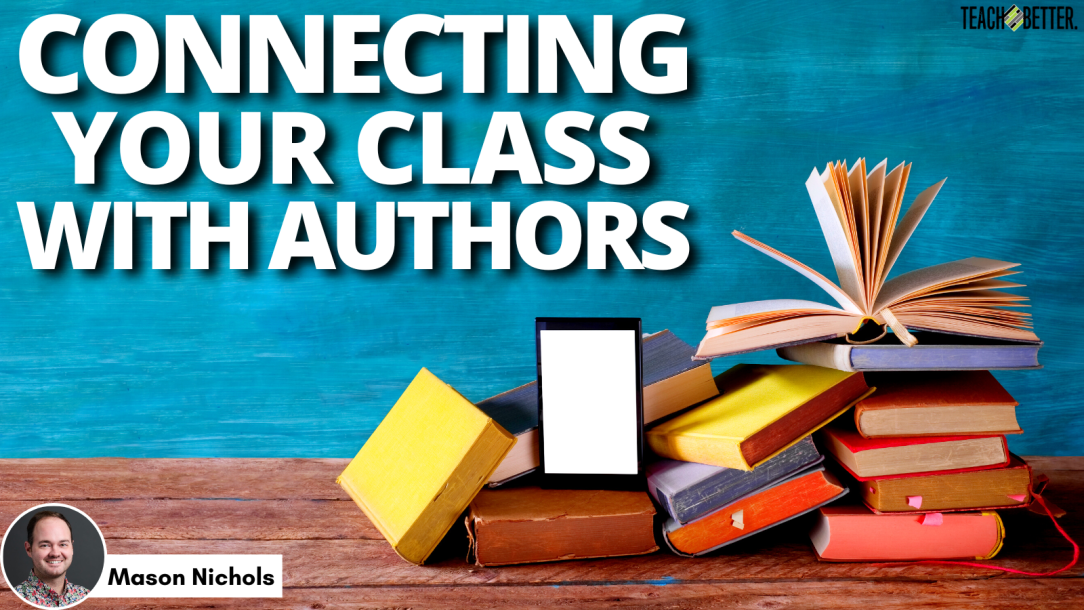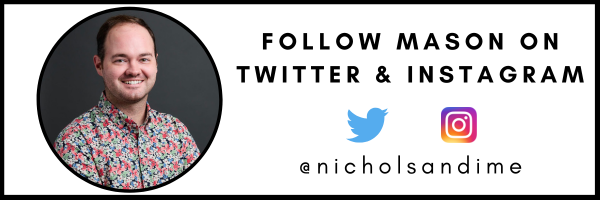TL;DR:
- Virtual learning led to decreased student motivation, prompting the need for engaging and meaningful activities.
- Using picture books and connecting with authors proved effective in fostering social-emotional learning and motivation.
- Strategies such as utilizing social media, attending author book signings, and exploring author websites facilitated connections and sparked students’ interest in writing and reading.
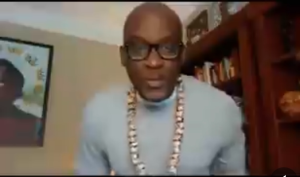
Derrick Barnes
After several weeks of virtual learning in 2020, I noticed my students were gradually becoming less motivated in lessons. I knew I had to think outside the box and engage them in something meaningful. Having scrolled through different social media sites, I realized I needed ways to boost morale while simultaneously creating joy for reading.
In addition, the Month of the Military Child was taking place at the time. This celebration recognizes the difficulties and challenges these students face. Unfortunately, due to virtual learning students were unable to participate in their usual celebrations. These challenges got me wondering how I could create a social-emotional learning environment for students during this time of uncertainty while also celebrating and motivating students.
It's worth taking the risk and getting out of your comfort zone. You never know what may come from it. Click To TweetThe use of picture books in the classroom has always been one of my favorite teaching tools. You can use this to engage students in critical thinking while supporting their social-emotional learning. As readers relate to the characters in picture books, they can develop empathy and review prior reading skills. After a virtual read-aloud, I realized I had an idea that would help students feel hopeful and connected during an unknown time.
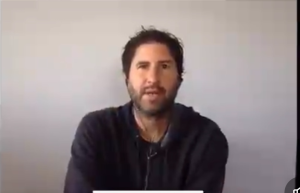
Matt de la Peña
As all of these thoughts were rushing through my head I envisioned a goal of being able to connect my students to an author. To have students hear from an actual author of a book they enjoy and to see that writing is a process felt like a valuable learning experience for them.
I’ve been fortunate to have several authors provide virtual visits or videos for free. In the past few years, I have organized several author visits for my students and will share some strategies that other educators may find useful in connecting their classes with authors.
Ways to Connect with Authors
Social Media
Social media is an excellent tool to reach out and engage with authors. I primarily used Instagram, as most authors utilize the platform to help promote their work. I’ve also used Twitter to reach out and direct message authors in the past. I received a few declines after seeking to host virtual author visits or videos; however, I received many acceptances.
This strategy has been the most effective way for me to connect with authors. After posting a variety of picture books and tagging the author, a note of appreciation from the author for purchasing the book often followed.
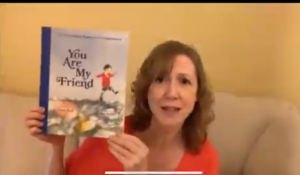
Aimee Reid
Author Book Signings
Visiting your local bookstore is another effective way to connect with authors. You can sometimes find author book signings in local bookstores. If your students enjoy the work of the authors, this is a perfect opportunity for you to meet them.
Author Websites
Another great place to look for contacting authors is on their website. I’ve had experiences with their staff or team being able to reach out and help schedule a video or something else. Even though this is a great method, keep in mind that authors are busy and it might take a while to hear back from them.
[scroll down to keep reading]The Result
During and after lockdown I have reached and connected with many authors. I found that these simple strategies helped spark interest in writing and helped my students see it as not only a skill but an art as well. There was no doubt in my mind that my students felt joy. This made them feel special. I have even had some authors send copies of their books for students to enjoy at home. Seeing students get a brand new book and open the binding after meeting virtually with the author is incredibly special to witness.
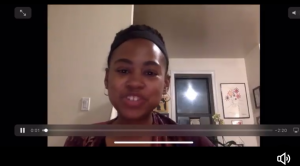
Jamia Wilson
After learning more about an author and getting to know them, students researched and read more of their books.
It can seem intimidating when reaching out to an author. The worst-case scenario is that the offer is declined, which happens. It doesn’t mean all requests will be denied. It’s worth taking the risk and getting out of your comfort zone. You never know what may come from it.
Below are a few questions that may help you find a starting point for connecting your class to authors or public figures.
- What authors can you reach out to?
- Have you tried working with your librarian/media specialist?
- What local author events are in your area?
- Are you active on a non-personal social media page?
About Mason Nichols
Mason Nichols is a reading interventionist in Texas. As an advocate for social-emotional learning, he uses diverse literature and teaches strategies to help students build empathy and self-awareness. He believes that a classroom should be an inclusive environment that allows students to be challenged and supported. He enjoys using a variety of technology tools to empower students and allow them to think creatively and outside the box. In addition to campus professional development, he has presented at ISTE and TCEA several times. Mason is currently earning his Master’s degree in Learning Experience Design and Education Technology.

